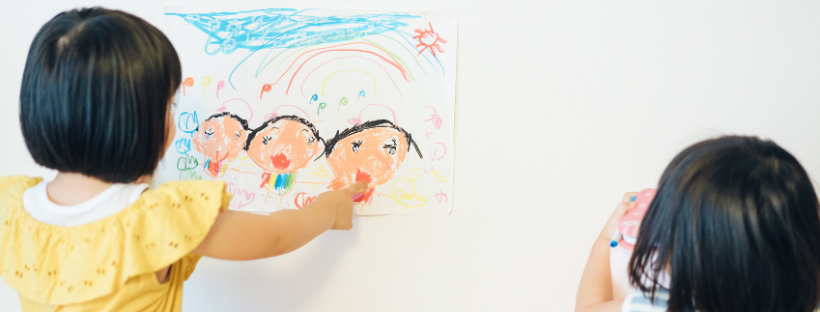According to Clay Hunter, socio-emotional learning and parent support is the key to move virtual learning forward. Hunter is a Curricular Counsel at Gwinnett County Public Schools in USA and from his experience teachers must build trust by understanding children's feelings and burdens during these times.
Since coronavirus appeared, many schools had to close their doors. Teachers had to quickly find new ways to teach children remotely. But it was far from perfect.
"We learned from parents that while they were grateful we continued teaching throughout the spring, they were frustrated with all of the questions their children had, and wanted and needed that teacher to be there with them through that entire journey," Hunter says.
Now, while digital learning has been rethought, the challenge is providing the same level of attention and teaching to all whether in-class on in distance.
Provide seamless in-class and distance learning with Kindiedays Blended Learning based on your curriculum and portfolio.
Communication between families and teachers have become extremely important during this time period, says Hunter. He gives an example: Earlier parents were asking questions like “What time do I need to drop him off tomorrow?” or “What time shall I pick him up?” – parents needed to know about the start and the end of the day.
Now, parents and teachers have to communicate about the course of the entire day – Teachers and families need be on the same page around what time will the Zoom session start where the synchronous learning is going to take place, when will their child then be charged with doing their work independently, and when will breaks and play be allowed.
Bringing routines into the learning is important. That’s one of the biggest things parents have applauded is the teachers’ ability to set routines and help their children understand those routines and abide by them.
In-class teaching vs Distance learning
The biggest opportunity to teach both in-class and distance, is our ability to maximize technology in order to meet the needs of all students. This is where (while it's unfortunate that we are facing COVID-19) a crisis has led to some great opportunities.
There are digital tools that have existed for some time, but only now their full potential comes alive and fully into use.
.png)
.png)

.png)
.png)
